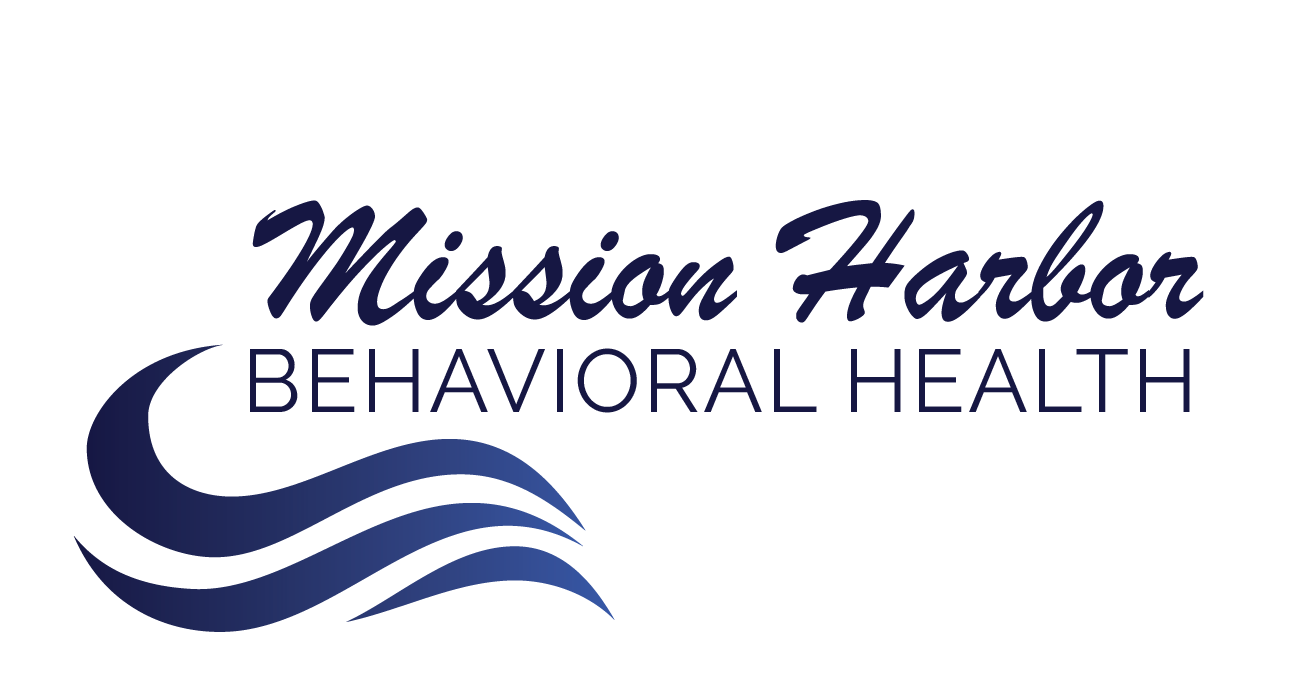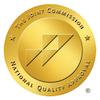
Inhalant abuse is a serious and often overlooked form of substance misuse that can have devastating effects on individuals, especially young people. These substances, commonly found in household products like paints, glues, and cleaning fluids, produce chemical vapors that are inhaled for a brief, intense high.
While the effects might seem harmless or even fun to those experimenting, the reality is that inhalant abuse can cause immediate and severe harm to the brain, heart, lungs, and other vital organs. The ease of access and the misconception that these substances are less dangerous than other drugs make inhalant abuse particularly insidious. Recognizing the signs and understanding the risks can help in preventing and treating this potentially deadly disorder.
What is Inhalant Use Disorder?
Inhalant use disorder is a condition characterized by the repeated and harmful use of inhalants—substances that produce chemical vapors, which are inhaled to achieve a mind-altering effect. This disorder often develops when individuals repeatedly use these substances, despite the negative consequences on their health, behavior, and daily life.
Inhalants are dangerous because they can cause immediate damage to the brain and other vital organs, even with short-term use. Over time, this pattern of misuse can lead to physical dependence and severe psychological issues, making it difficult for individuals to stop using inhalants without professional help.
Prevalence of Inhalant Use Disorder
In 2021, among people aged 12 or older in the United States, approximately 0.1% (or about 335,000 people) had an inhalant use disorder within the past 12 months. While this percentage may seem small, it highlights the impact inhalant abuse can have on a substantial number of individuals, particularly in younger populations. The disorder is more prevalent among adolescents and young adults, who may experiment with these easily accessible substances without fully understanding the risks involved.
Types of Inhalants ?
Inhalants come in various forms, typically categorized into four main types:
- Volatile Solvents: These are liquids that evaporate at room temperature and are found in products like paint thinners, glues, and cleaning fluids. Common examples include toluene, acetone, and gasoline.
- Aerosols: These are sprays that contain propellants and solvents. Products like spray paints, hair sprays, and deodorants fall into this category. Inhaling these can be especially harmful due to the combination of chemicals involved.
- Gasses: Gasses used as inhalants can include medical anesthetics like nitrous oxide (often referred to as “laughing gas”), as well as gasses found in household or commercial products, such as butane, propane, and refrigerants.
- Nitrites: Often referred to as “poppers,” nitrites are a special class of inhalants that are used primarily to enhance sexual experiences. They are found in products marketed as room deodorizers or leather cleaners, but they pose serious health risks when inhaled.
Signs and Symptoms of Inhalant Exposure
Recognizing the signs and symptoms of inhalant exposure is necessary for identifying and addressing inhalant use disorder early. Inhalants can affect both the body and mind, leading to a range of physical and behavioral symptoms. These can vary depending on the type of inhalant used, the frequency of use, and the duration of exposure.
Immediate Effects
When someone inhales chemical vapors, the effects are often felt almost instantly. These immediate effects can be both physical and psychological and may include:
- Euphoria or Excitement: Inhalants can cause a brief sense of euphoria or excitement, which is often the desired effect. This “high” is short-lived, leading some users to inhale repeatedly.
- Dizziness and Lightheadedness: One of the most common immediate symptoms is dizziness, which can make a person feel unsteady or disoriented.
- Slurred Speech: Similar to the effects of alcohol, inhalants can impair speech, causing slurred or incoherent words.
- Lack of Coordination: Inhalants can disrupt motor functions, leading to clumsiness or difficulty in performing simple tasks.
- Hallucinations or Delusions: Some inhalants can cause users to see or hear things that aren’t there, leading to confusion or irrational behavior.
- Headaches and Nausea: Inhalant use can quickly lead to headaches, nausea, and vomiting, especially with prolonged exposure in a single session.
These immediate effects can be dangerous, as they impair judgment and physical abilities, increasing the risk of accidents, injuries, or even death from sudden sniffing death syndrome—a fatal cardiac event triggered by inhalant use.
Long-Term Symptoms
The long-term use of inhalants can result in severe and lasting damage to various parts of the body. Over time, chronic inhalant abuse can lead to:
- Brain Damage: Inhalants can cause permanent brain damage, affecting cognitive functions such as memory, concentration, and decision-making. This damage is often irreversible and can lead to significant mental impairment.
- Organ Damage: Prolonged inhalant use can harm vital organs, including the heart, liver, and kidneys. These substances can cause toxic buildup, leading to organ failure or chronic health conditions.
- Mental Health Issues: Chronic inhalant use is associated with a range of mental health disorders, including depression, anxiety, and personality changes.
- Nerve Damage: Some inhalants can cause damage to the peripheral nerves, leading to muscle weakness, numbness, and a condition known as “peripheral neuropathy,” which can impair movement and coordination.
- Respiratory Problems: Regular inhalant use can lead to chronic respiratory issues, including lung damage and frequent respiratory infections.
Withdrawal from Inhalants
Withdrawing from inhalants can be a challenging and uncomfortable process. Inhalants affect the brain and body in ways that can lead to physical and psychological dependence, making it difficult for individuals to stop using them.
Withdrawal Symptoms
When someone who has been using inhalants regularly stops, they may experience a range of withdrawal symptoms. These symptoms can vary in intensity depending on the frequency and duration of use but typically include:
- Anxiety and Irritability: Individuals may feel unusually anxious or irritable as their body adjusts to the absence of inhalants.
- Depression: Withdrawal can lead to feelings of sadness or hopelessness, which can be severe in some cases.
- Tremors: Shaking or trembling, particularly in the hands, is a common physical symptom during withdrawal.
- Headaches: Frequent or intense headaches may occur as the body detoxifies from inhalant substances.
- Nausea and Vomiting: Gastrointestinal distress, including nausea and vomiting, is often experienced during the early stages of withdrawal.
- Sleep Disturbances: Difficulty sleeping, including insomnia or nightmares, is common during inhalant withdrawal.
These symptoms can be distressing, but they are usually temporary and will subside as the body adjusts to functioning without inhalants.
Detox Process
Detoxification, or detox, is the process of allowing the body to remove the inhalant substances and begin healing. The detox process for inhalants should ideally take place under medical supervision, especially if the individual has been using inhalants heavily or for an extended period. The detox process typically involves:
- Medical Supervision: In a medically supervised setting, healthcare professionals can monitor vital signs, manage symptoms, and provide necessary interventions to ensure the safety of the individual.
- Symptom Management: Medications may be used to help manage withdrawal symptoms such as anxiety, depression, or nausea, making the process more tolerable.
- Supportive Care: Emotional and psychological support is crucial during detox. Counseling or therapy sessions can help individuals cope with the emotional challenges of withdrawal and begin addressing underlying issues related to inhalant use.
- Hydration and Nutrition: Proper hydration and nutrition are essential during detox to help the body recover and regain strength. Individuals may be encouraged to eat a balanced diet and stay hydrated to support the detox process.
- Rest and Recovery: Adequate rest is important for the body to heal. Creating a calm and supportive environment can help individuals get the rest they need during detox.
The detox process is just the first step in recovery. After detox, ongoing treatment and support are often necessary to help individuals maintain sobriety and rebuild their lives.
Treatment Options for Inhalant Use Disorder
Treating inhalant use disorder requires an approach that addresses both the physical and psychological aspects of the condition. Since inhalants can cause significant harm to the brain and body, professional treatment is essential for recovery. Here are some of the most effective treatment options for inhalant use disorder:
- Behavioral Therapy: Behavioral therapy helps individuals understand the underlying causes of their substance use, develop healthier coping strategies, and change harmful behaviors. Cognitive-behavioral therapy (CBT) is one option that focuses on identifying and modifying negative thought patterns and behaviors associated with inhalant use.
- Counseling and Support Groups: Counseling provides a safe space for individuals to discuss their struggles with inhalant use and receive guidance from a trained professional. Support groups, such as 12-step programs, offer peer support and encouragement, helping individuals feel less isolated as they work toward recovery.
- Medical Intervention: In some cases, medical intervention may be necessary, especially if the individual has developed serious health complications from inhalant use. Doctors may prescribe medications to manage withdrawal symptoms, treat co-occurring mental health disorders, or address other medical issues caused by inhalant use.
- Inpatient or Outpatient Rehabilitation: Depending on the severity of the disorder, individuals may benefit from either inpatient or outpatient rehabilitation programs. Inpatient rehab provides a structured environment where individuals can focus entirely on their recovery, with 24/7 medical and therapeutic support. Outpatient rehab offers more flexibility, allowing individuals to continue their daily responsibilities while attending treatment sessions.
- Aftercare and Relapse Prevention: Recovery from inhalant use disorder is an ongoing process, and aftercare is crucial for maintaining long-term sobriety. Aftercare programs may include continued therapy, regular check-ins with a counselor, or participation in support groups. Relapse prevention strategies, such as developing a strong support network and learning to recognize triggers, are also essential components of aftercare.
These treatment options work best when tailored to the individual’s specific needs and circumstances. With the right support and resources, recovery from inhalant use disorder is possible, leading to a healthier, more fulfilling life.
The facilities at Mission Harbor are staffed with trained experts to best assist patients with their mental health issues. We are capable of dealing with any and all cases with a licensed staff, equipment, and approved techniques. Our mission is to help those who want to help themselves, and we support your decision in seeking help.
Get Help Now
Alcohol addiction is extremely difficult to overcome on your own. Seek specialized help and let professionals guide you in your recovery.

